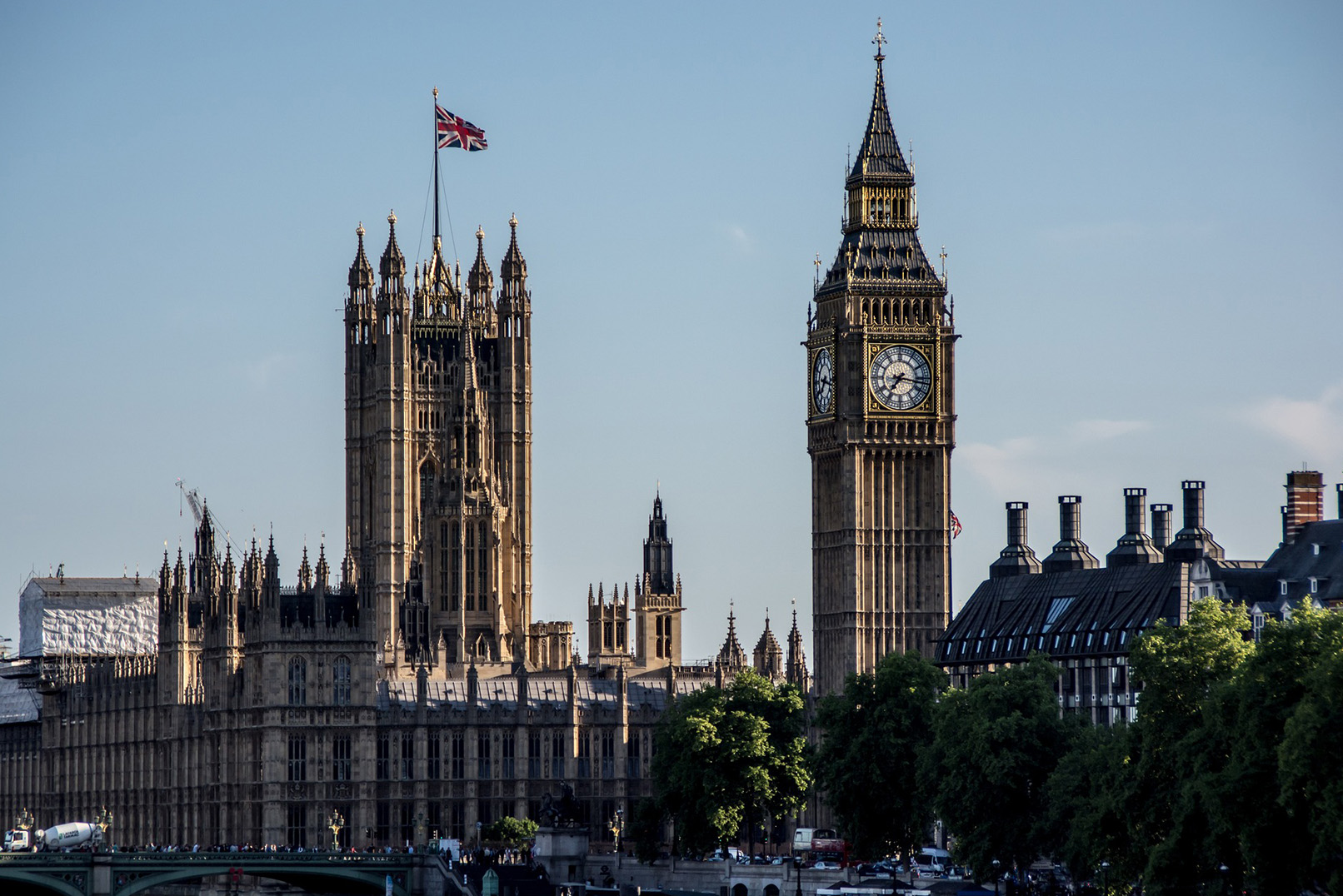Vision
Through the first REMA consultation, the government sought views on its vision that its future market arrangements will:
- Deliver a step change in the rate of deployment of low carbon technologies and reduce dependency on fossil fuels.
- Provide the right signals for flexibility across the system.
- Facilitate consumers to take greater control of their electricity use by rewarding those whose behaviour benefits the electricity system, while ensuring fair outcomes.
- Optimise assets operating at local, regional, and national levels.
- Ensure that the security of the system can be maintained at all times.
It noted that the electricity market arrangements cannot deliver this vision on their own and that all elements of electricity and energy policy, including the government’s refresh of its retail market strategy, will need to work together to achieve these outcomes.
The government reiterated its vision for REMA through its second consultation. See here for more information on the second REMA consultation.
Objectives
The core objective for the REMA programme is to reform the electricity market arrangements so that they facilitate the full decarbonisation of the electricity system by 2035, subject to security of supply, and cost-effectiveness for consumers.
Views were sought on the objectives for electricity market reform.
Decarbonisation
To achieve a fully decarbonised power system by 2035 in GB, in the context of significantly increased demand, market arrangements will need to deliver the required pace and scale of investment in the full range of low carbon technologies. They will also need to provide consumers with the right tools to engage more effectively with decarbonisation and facilitate zero carbon operation of the system.
Security of Supply
To achieve a reliable and resilient energy system in GB, throughout the transition to a fully decarbonised power sector by 2035, market arrangements will need to ensure that there are sufficient firm, flexible assets on the system to meet peak demand, particularly at times of low renewable output. The market will also need to incentivise low carbon generation so that it can provide operability services as well as energy output. In addition, the market arrangements will need to reduce dependency on fossil fuels and exposure to volatile gas markets, as well as maximise domestic energy sources and promote diversity of supply and system resilience.
Cost-effectiveness
To achieve a cost-effective transition to a fully decarbonised power system by 2035, market arrangements will need to ensure that competition leads to investment in a best-value capacity mix and that the cost of operating the system is minimised.
Scope
The scope of REMA includes all electricity-related (non-retail) markets, including the wholesale market, Balancing Mechanism and ancillary services, as well as policies that impact these, such as the evolution of, and alternatives to, the Contracts for Difference (CfD) scheme and the Capacity Market. The scope also includes all technologies to the extent that they currently do, or potentially could, participate in electricity markets.
A number of areas that fall outside of the REMA scope were also highlighted in the consultation, including investment mechanisms for large-scale nuclear and the existing cap and floor regime for interconnectors.
The government noted that the interactions between the electricity reforms and retail markets will need to be considered in detail. As such, while its electricity market reform and retail market strategy refresh are separate programmes, these will be worked on in parallel.

Approach
The government sets out its approach for the REMA programme and how it plans to consider options for reform.

Initial Options Assessment
The remaining chapters of the consultation set out the government’s emerging conclusions from its initial assessment of policy options for reform, with a number of questions set out for each option.

Next Steps
Read about what the next steps are once the consultation closes.